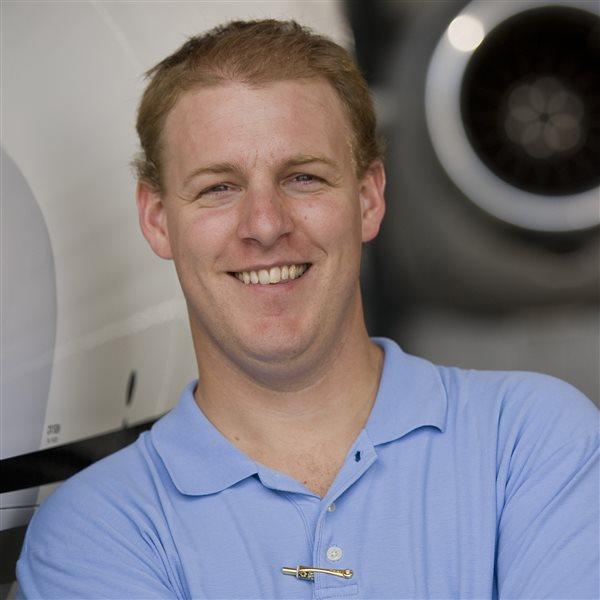Virtually perfect
A simulator attempts to revolutionize helicopter training

Loft Dynamics, a company specializing in VR simulation, recently earned FAA and EASA certification for its Airbus H125 flight training device, which it says was a world first. Loft Dynamics’ FTD provides an immersive experience unlike any other simulator in the segment.
Marshall University recently began a flight training program at West Virginia International Yeager Airport in Charleston, and the school is using a Loft Dynamics H125 simulator to efficiently work with students in rotorcraft transition training.
With the screen only a few inches from your face and wearing a Bose headset, the simulator is an intensely immersive experience. The visual display, usually limited to around 200 degrees in a standard FTP, is unlimited from every direction in the Loft Dynamics FTD. As you turn your head, the view changes. Look up, down, and outside and the scene is a faithful recreation of the real world. There’s even a mirror on the skid outside the pilot seat that displays a reflection with a changing parallax as you move your head. Reach out to put your hand on the physical button on the panel and the system creates your body and the cockpit screens digitally.
Meant to be a higher-end FTD for flight training academies, it’s clear that the Loft Dynamics VR platform would be equally impressive as an ab inito trainer. Adaptive control management allows students to learn to hover, pedal turn, and autorotate before ever touching the real machine, and while gaining the confidence knowing they are doing the flying, and not their handsy instructor.
After flying a few patterns, some steep approaches, and a few mild autorotations at altitude with power recovery, I tried a full-down auto, something I’ve never done in a real helicopter. I nosed over on landing and crashed, and the jolt was so firm and realistic that it took me a minute to calm down after taking off the headset. My shirt was soaked after only about 20 minutes, and like a bad dream, I felt off-balance for the next few minutes.
Previously known as VRM Switzerland, Loft Dynamics has been perfecting VR simulation technology over the past eight years. Their operation in the United States includes a headquarters and demo center in Santa Monica, California, two sims in the field, and a unit at the FAA’s tech center in Atlantic City, New Jersey.
In addition to fully integrating into a typical flight academy environment, the platform offers opportunities for ab initio, specialized military training, more economic type training, and more. Simulation is well established as a safety training tool in turbine aircraft, and an efficiency training tool in ab initio training. With the ability to do things like full-down autos, whiteout and brownout training, sling load training, and more, Loft Dynamics has the capabilities to bring a mix of safety and efficiency to the helicopter training world as well. There’s no reason we couldn’t see one in every type of light helicopter in nearly every academy and major flight school.



